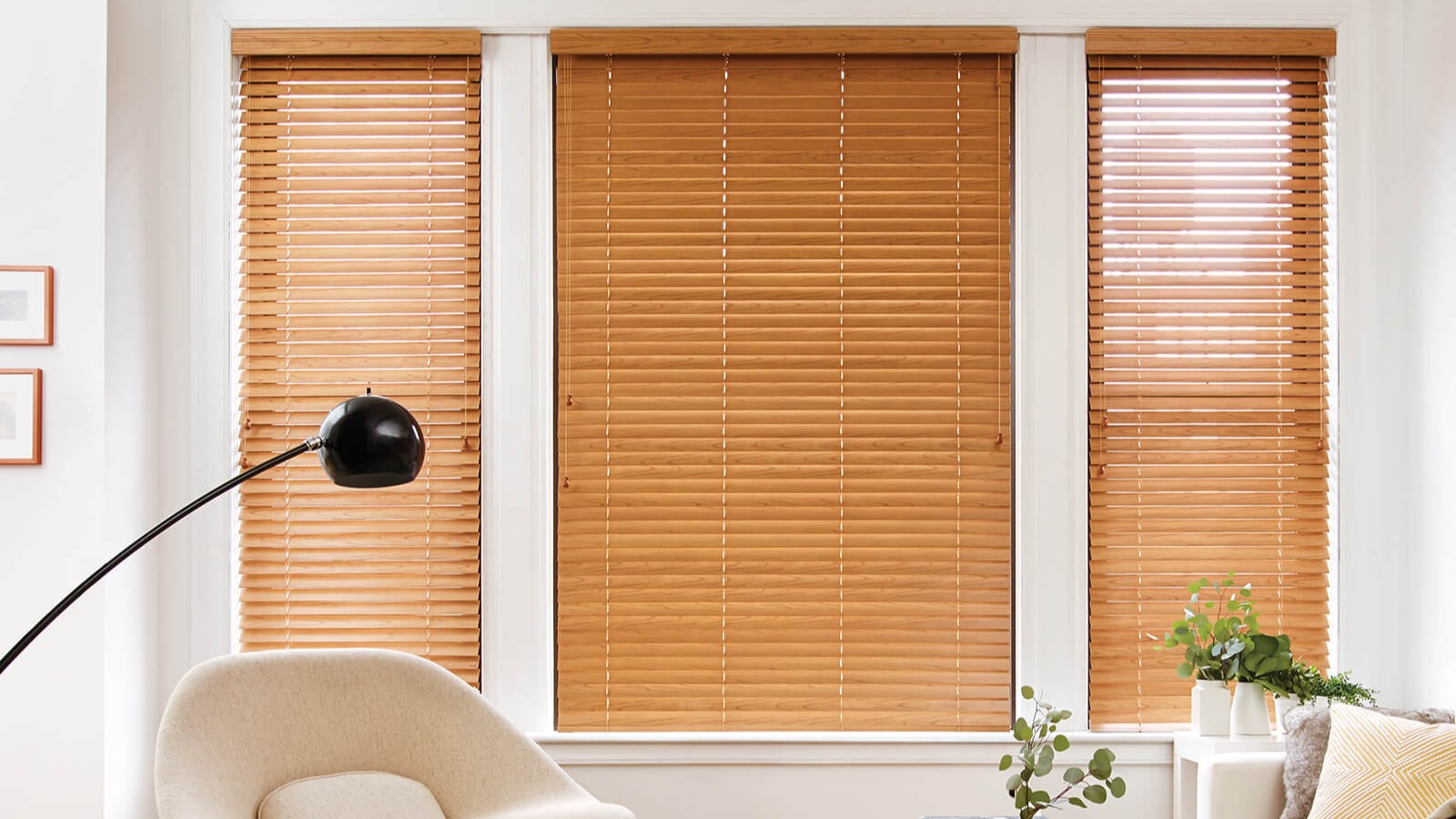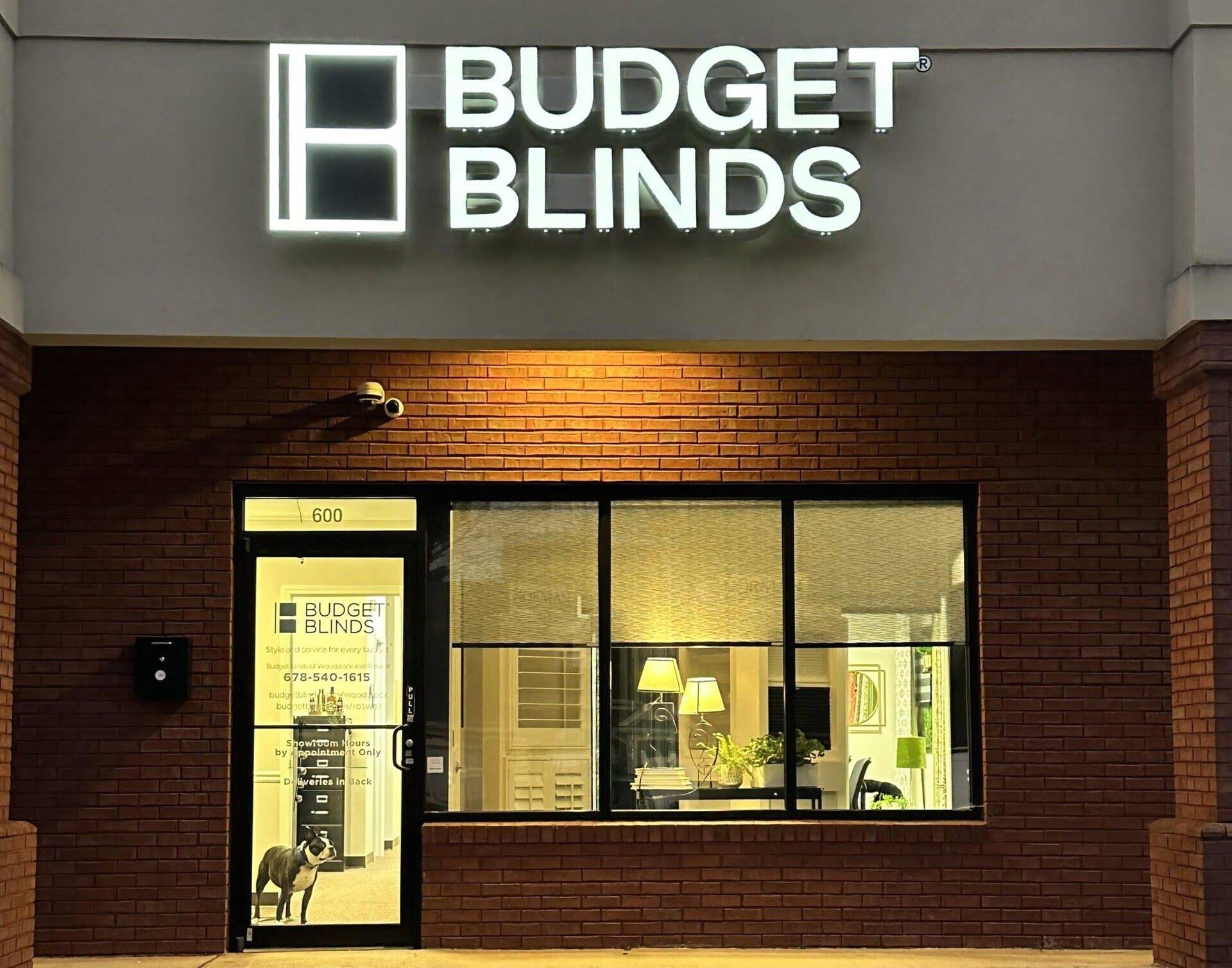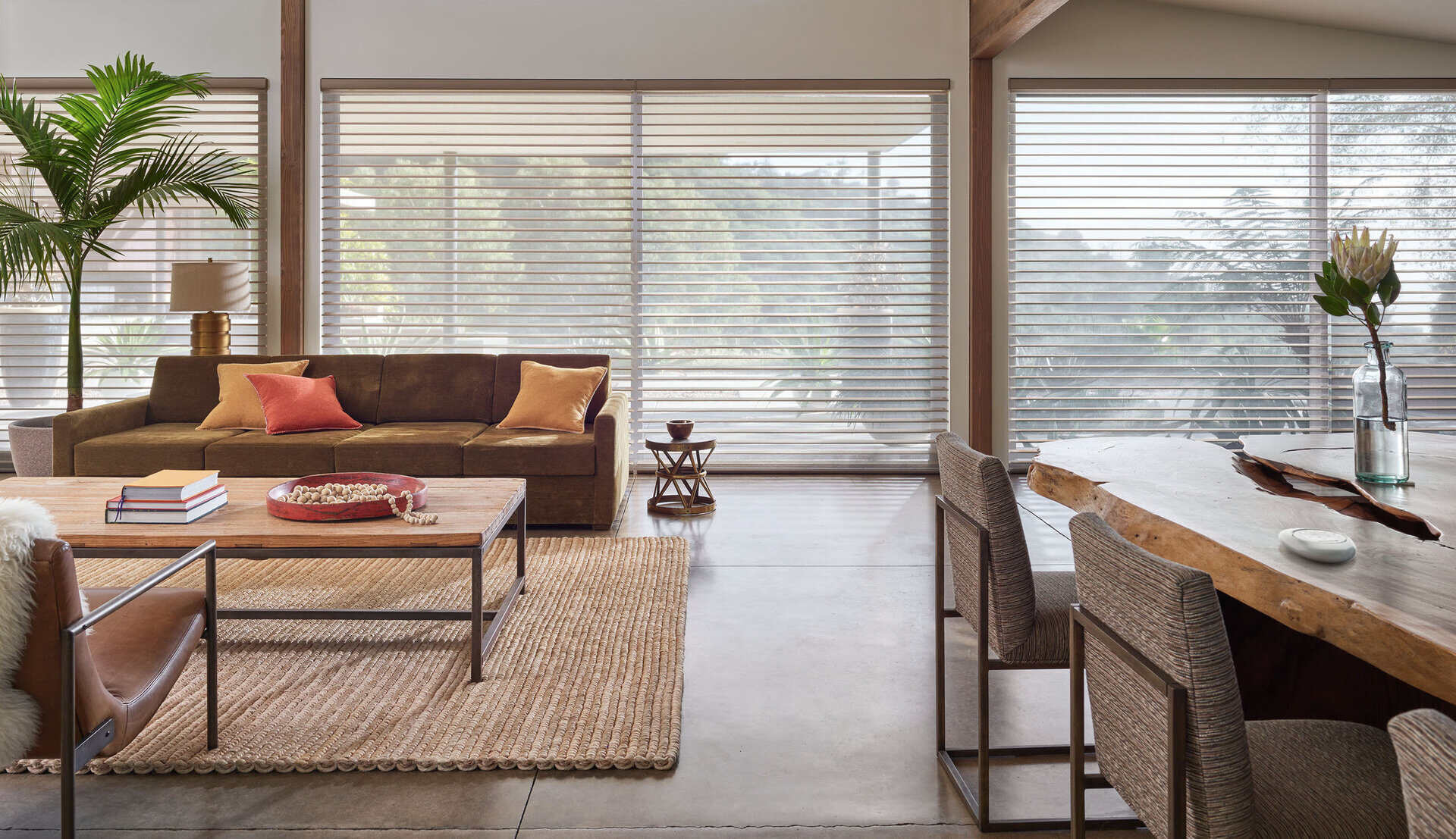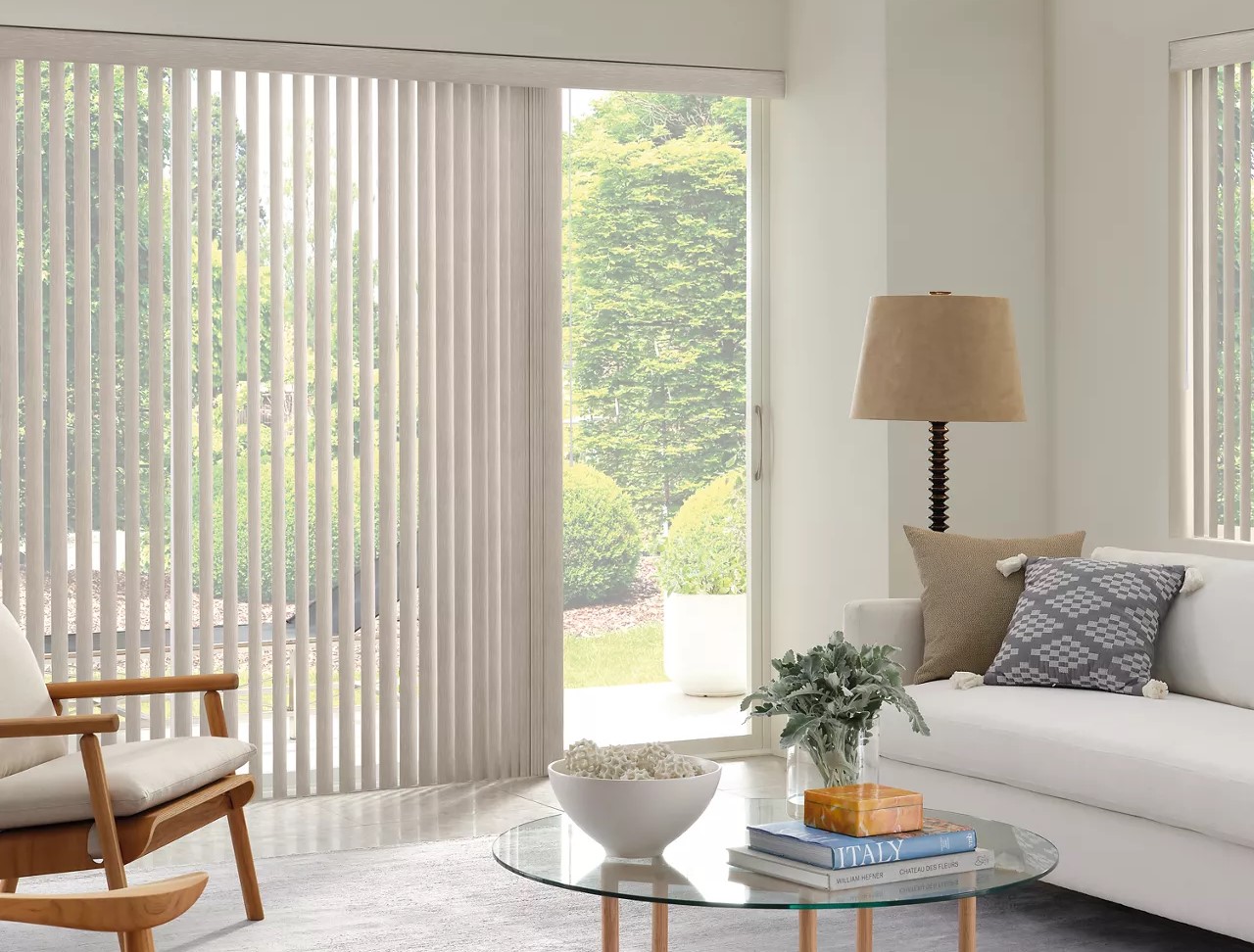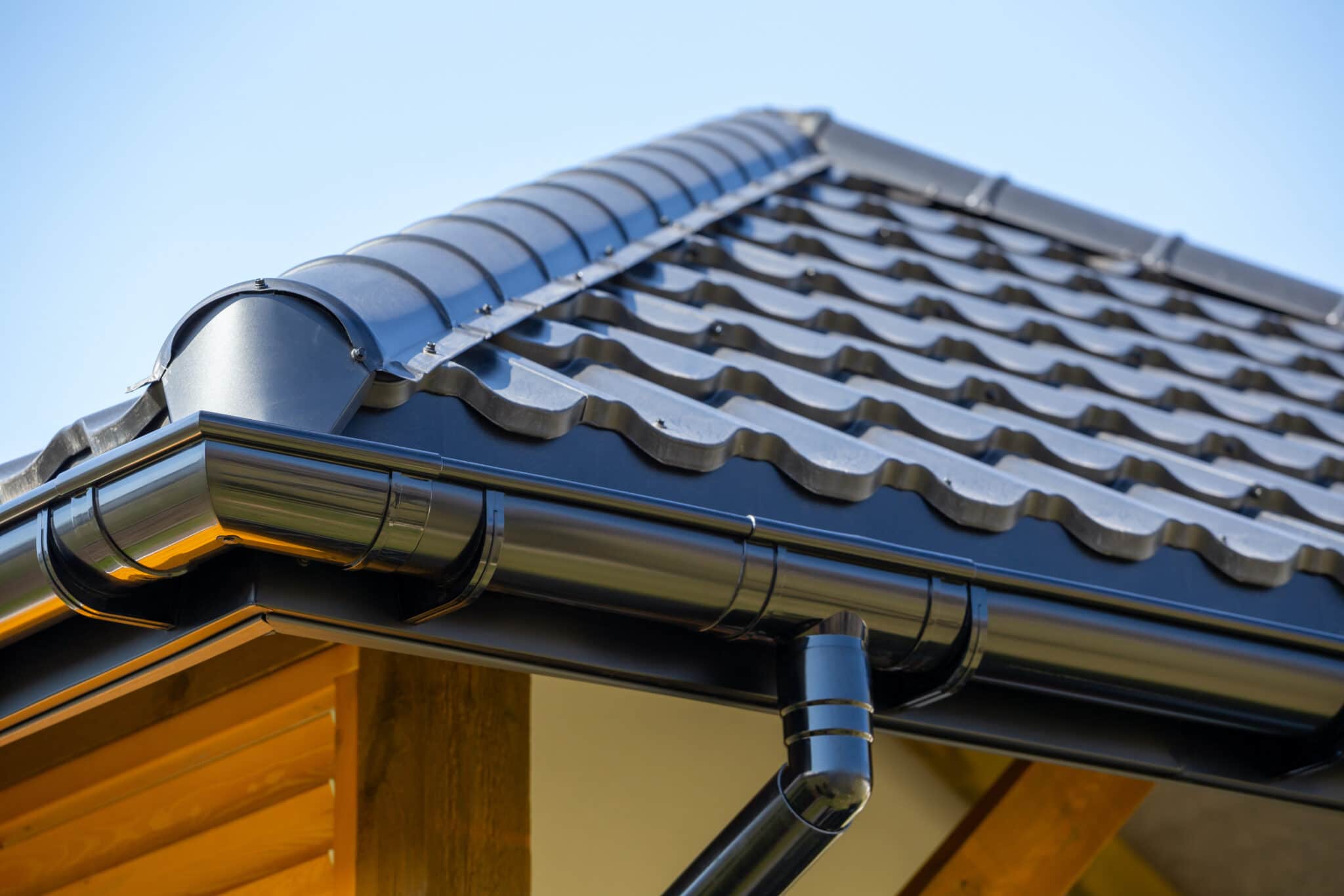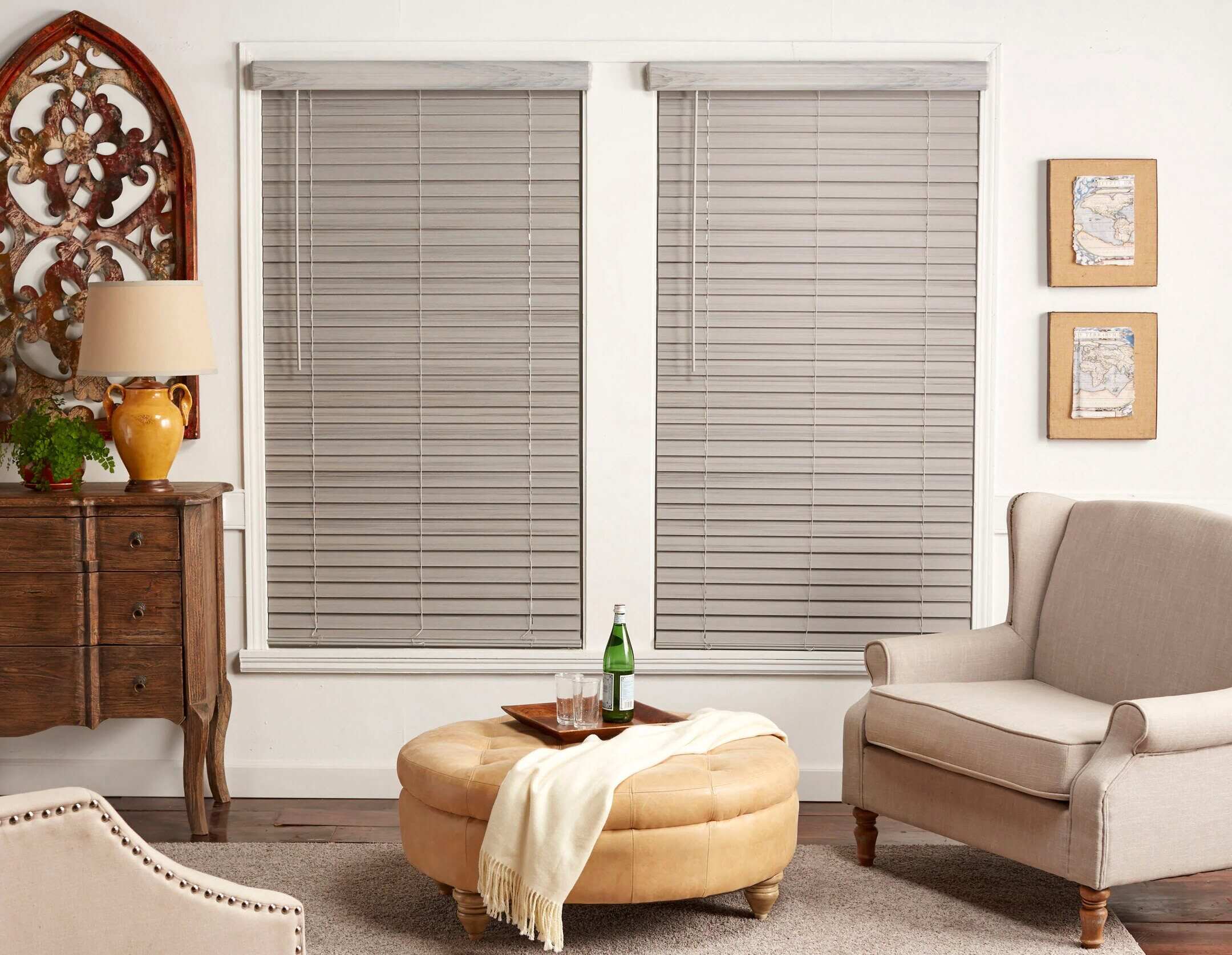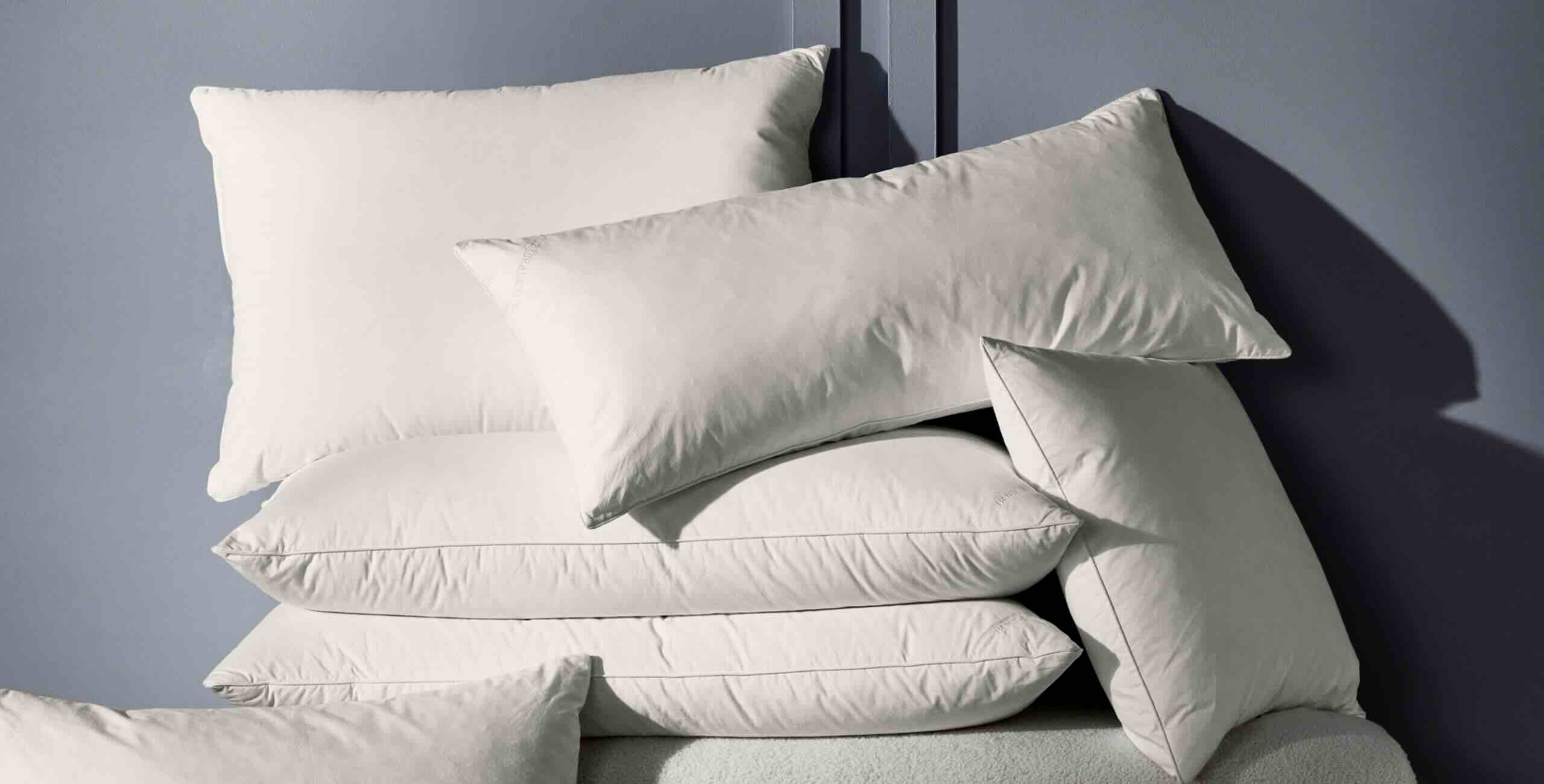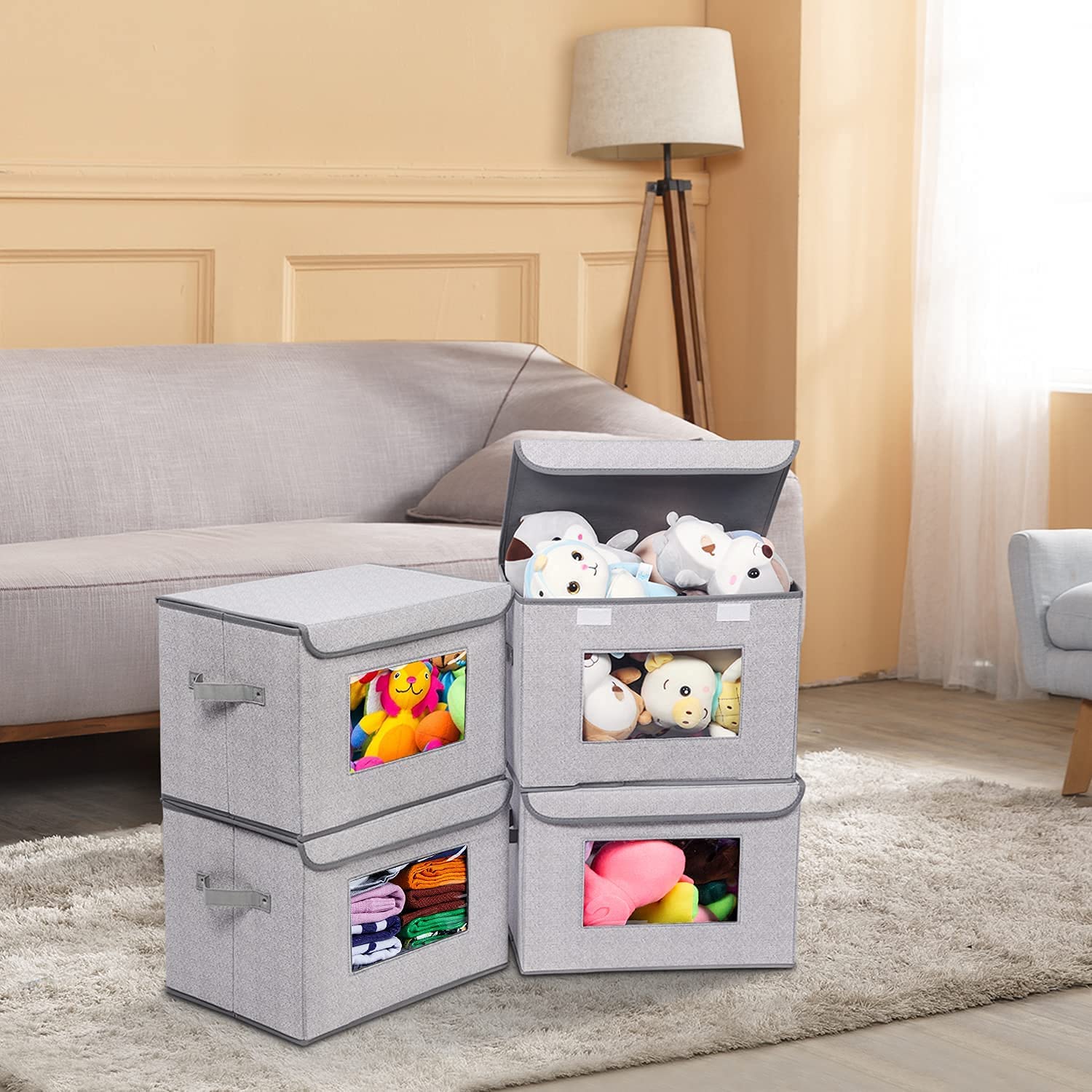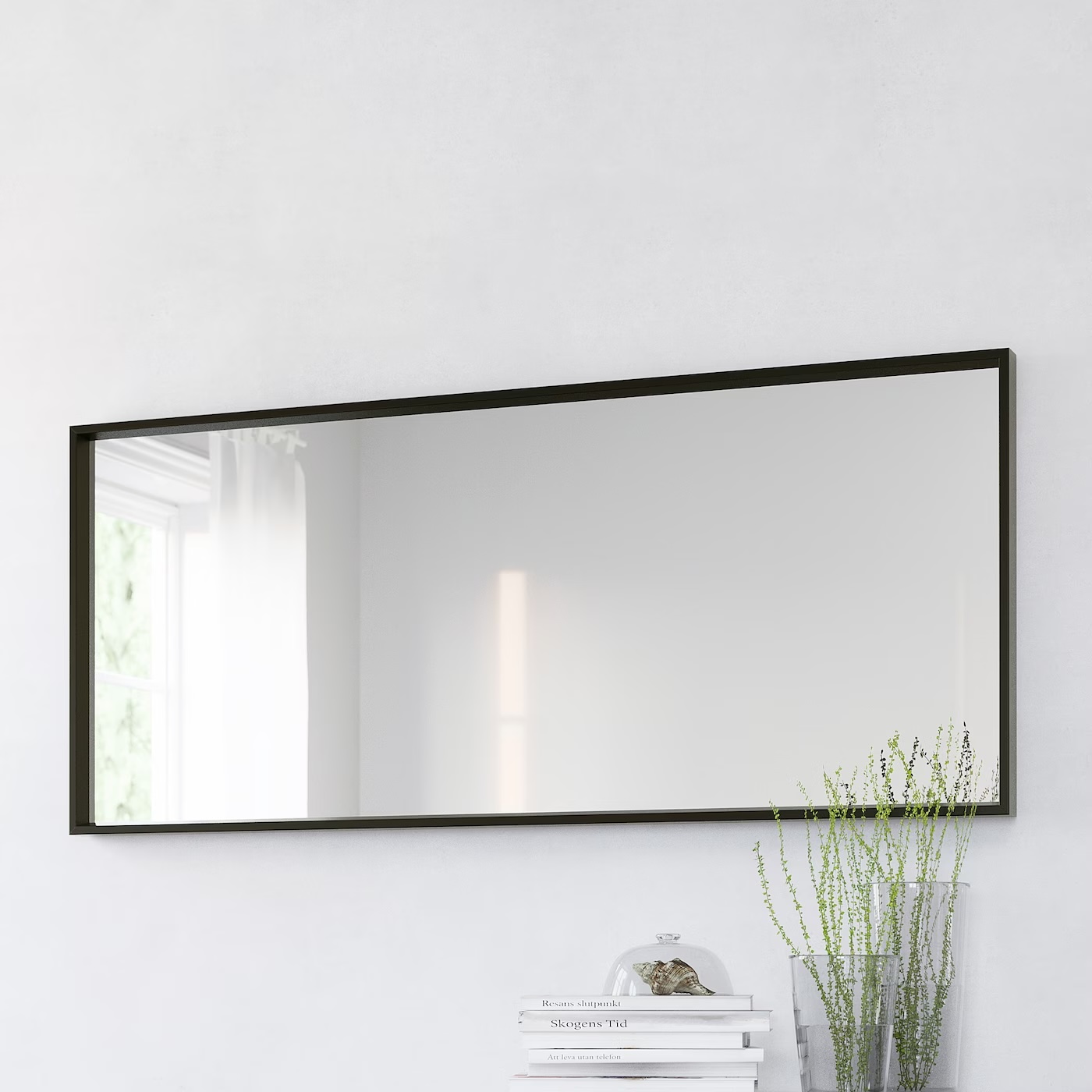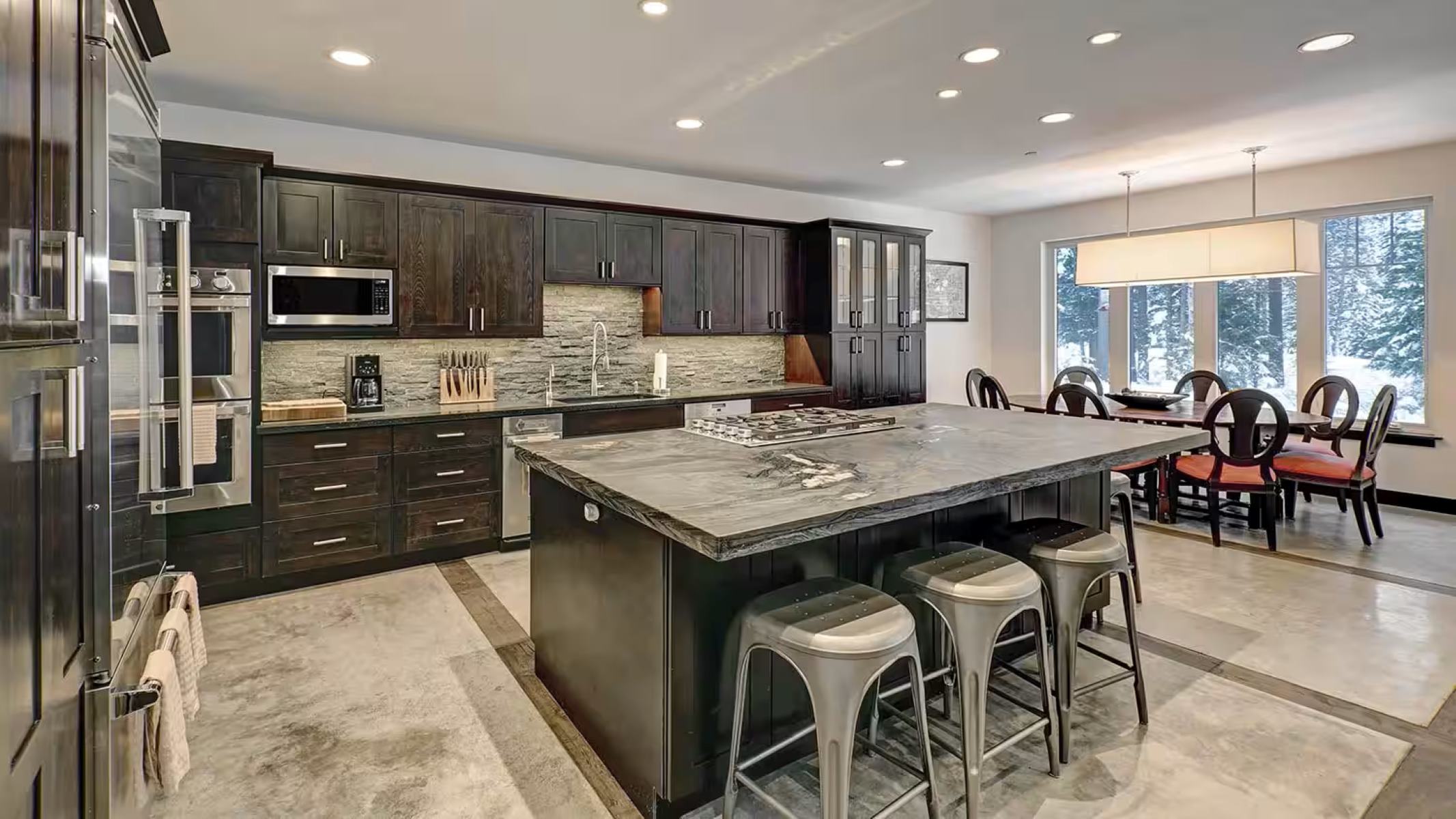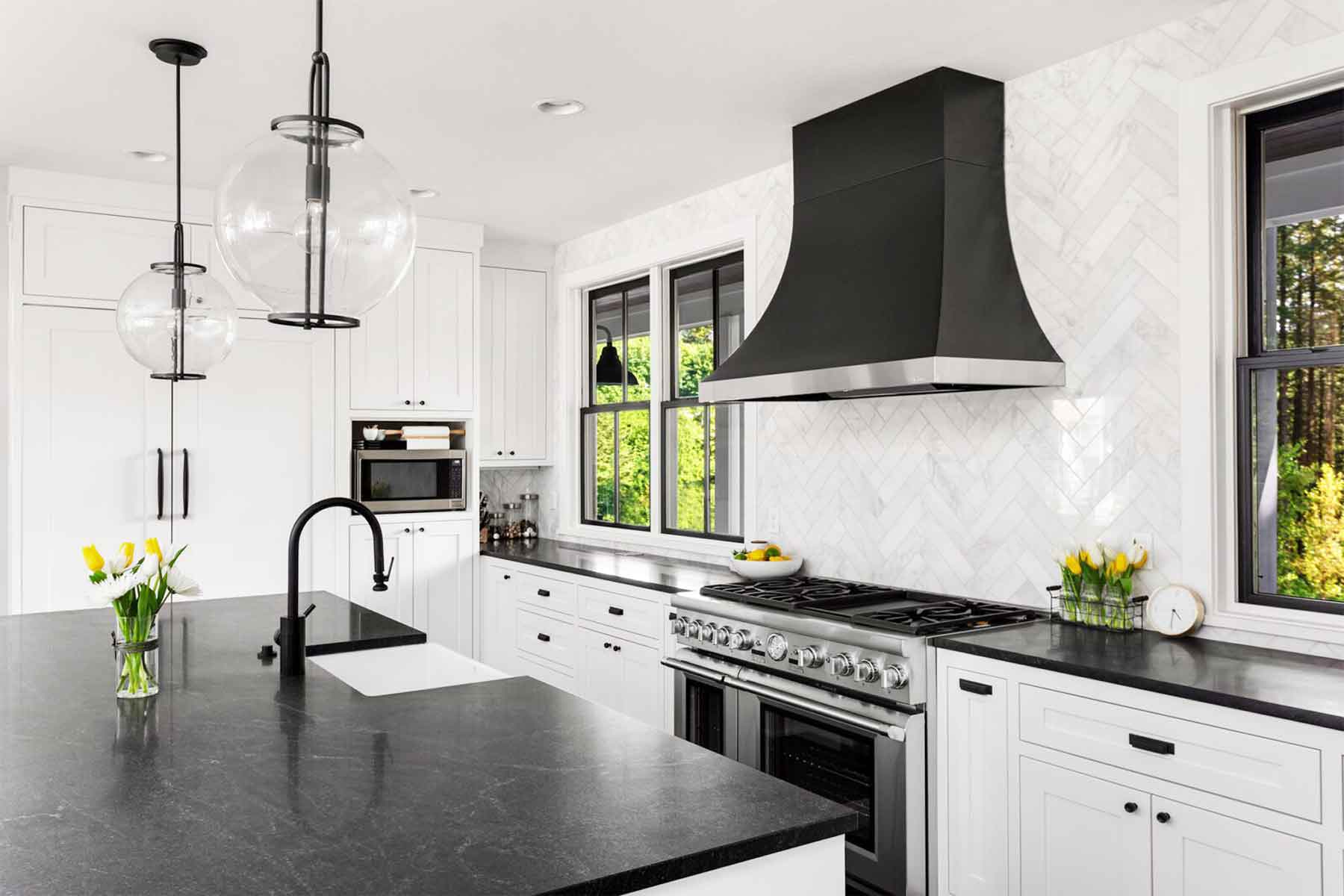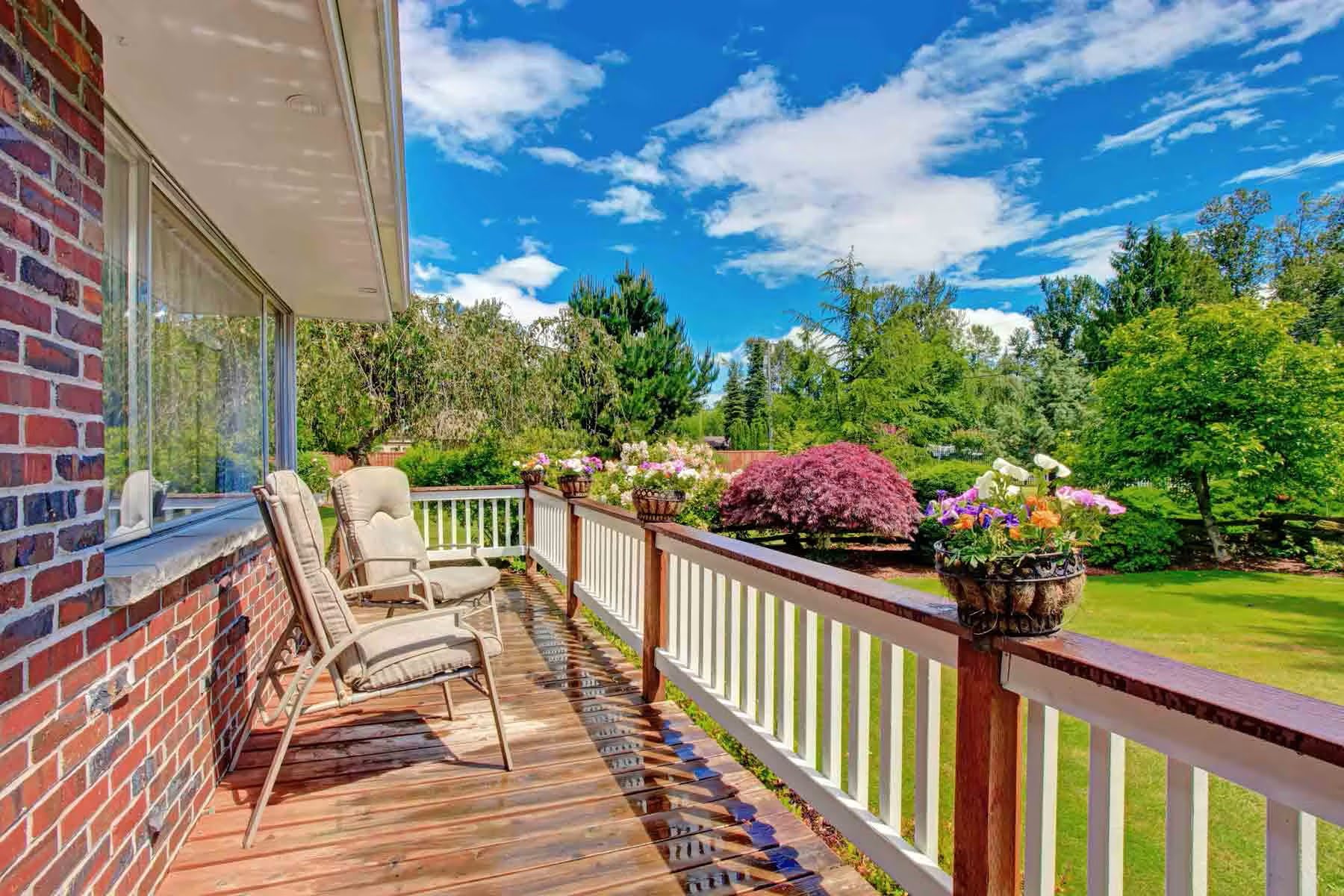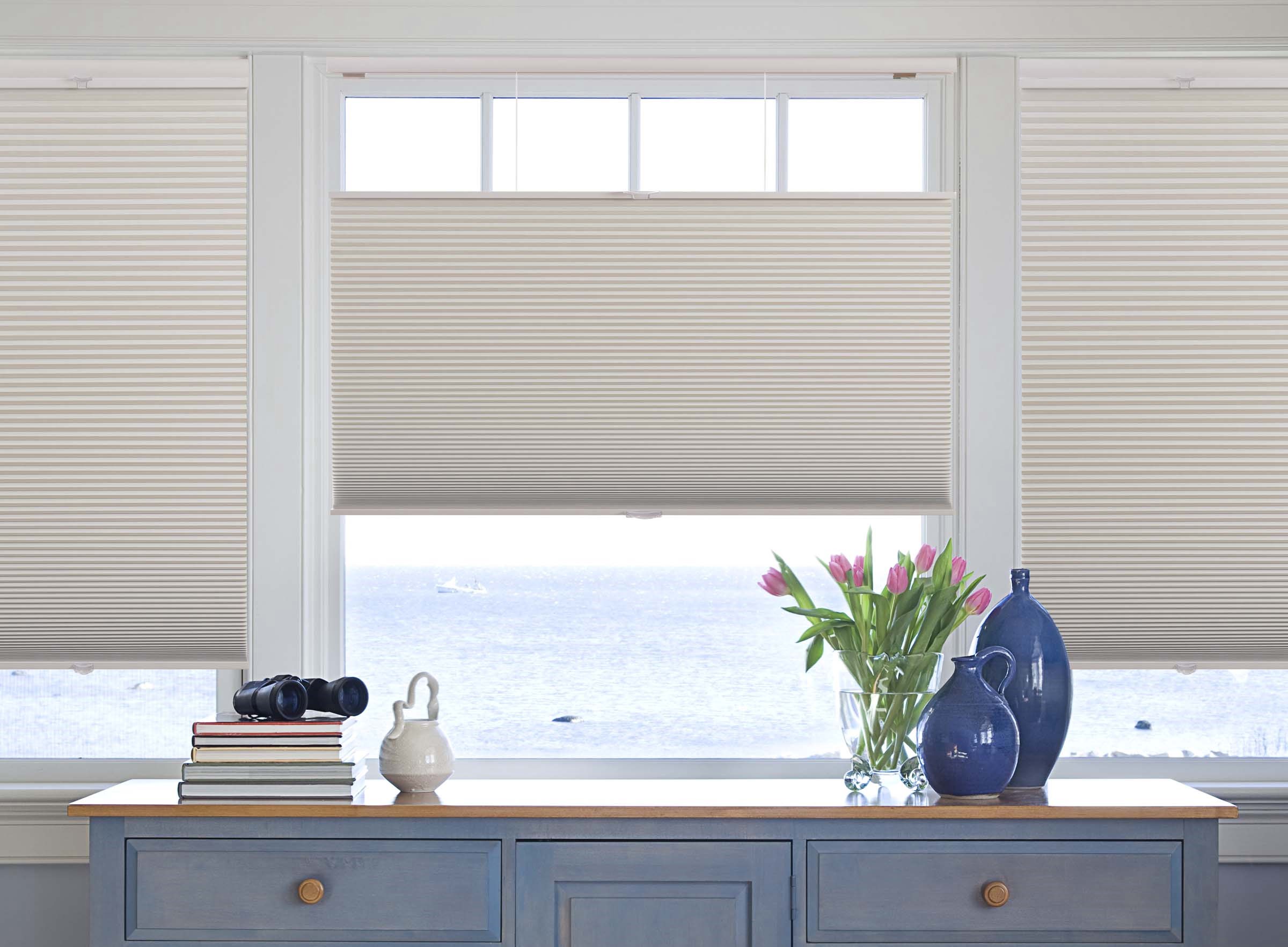

Articles
How Much Do Budget Blinds Cost
Modified: January 18, 2024
Looking for budget blinds? Discover the cost-saving options in our informative articles. Get a better idea of how much you can expect to spend on quality window treatments.
(Many of the links in this article redirect to a specific reviewed product. Your purchase of these products through affiliate links helps to generate commission for Storables.com, at no extra cost. Learn more)
Introduction
Welcome to the world of budget blinds! If you’re looking to enhance the aesthetics and functionality of your windows without breaking the bank, budget blinds could be the perfect solution for you. Whether you’re a homeowner or a business owner, finding the right window coverings at an affordable price point is key.
In this article, we will explore the factors that determine the cost of budget blinds, the various types of budget blinds available, and additional costs to consider. We will also provide some expert tips on how to save money when purchasing budget blinds.
Before we dive into the details, it’s important to note that budget blinds are a cost-effective alternative to more expensive options like custom-made blinds. While they may not have all the bells and whistles of high-end blinds, they can still provide privacy, light control, and a stylish look to your windows.
Now, let’s take a closer look at the factors that influence the cost of budget blinds.
Key Takeaways:
- Factors such as material, size, style, features, and installation influence the cost of budget blinds. Understanding these factors can help you make informed decisions and find affordable window coverings that suit your needs and preferences.
- By researching, opting for ready-made blinds, choosing simple designs, considering alternative materials, measuring and installing yourself, avoiding unnecessary features, buying in bulk, and checking for warranty options, you can save money on budget blinds without compromising quality or style.
Read more: How Much Do Wooden Blinds Cost
Factors that Determine the Cost of Budget Blinds
When it comes to determining the cost of budget blinds, there are several factors to consider. These factors can vary depending on the type of blinds you choose, the size of your windows, and any additional features or customization options you may want. Here are some key factors that affect the cost of budget blinds:
1. Material: The material of the blinds plays a significant role in determining the cost. Budget blinds are typically made from materials such as vinyl, aluminum, or faux wood. Each material has its own price range, with vinyl being the most affordable and faux wood being slightly more expensive.
2. Size of Windows: The size of your windows will also impact the cost of budget blinds. Larger windows require more materials, which can increase the overall price. Additionally, if you have custom-sized windows, you may need to pay extra for special order blinds.
3. Style and Design: The style and design of the blinds can also affect the cost. Basic blinds with a simple design tend to be more affordable, while blinds with unique patterns or textures may come at a higher price. Keep in mind that more intricate designs may require custom manufacturing, which can increase the cost.
4. Features and Functionality: The features and functionality you choose for your budget blinds can impact the cost as well. For example, blinds with motorized operation or smart home integration will likely be more expensive than manual blinds. Additional features like blackout or energy-saving properties may also come at a higher price.
5. Installation: Lastly, the cost of installation should be factored in. While some budget blinds can be easily installed by homeowners, others may require professional installation, which will incur additional costs.
It’s important to note that these factors are not mutually exclusive, and they can overlap with one another. For example, blinds made from more expensive materials may also have unique designs or additional features, further impacting the overall cost.
Now that we’ve explored the factors that determine the cost, let’s move on to the different types of budget blinds available on the market.
Types of Budget Blinds and Their Average Costs
Budget blinds come in a variety of types, each with its own unique style and price range. Understanding the different types of budget blinds can help you make an informed decision based on your budget and preferences. Here are some popular types of budget blinds and their average costs:
1. Vinyl Blinds: Vinyl blinds are a popular and cost-effective option. They are durable, easy to clean, and come in various colors and textures. On average, vinyl blinds can cost anywhere between $10 and $50 per window, depending on the size and additional features.
2. Aluminum Blinds: Aluminum blinds are lightweight, sleek, and offer excellent light control. They are typically more affordable than other types of blinds and can range from $15 to $60 per window.
3. Faux Wood Blinds: Faux wood blinds provide the look of real wood but at a fraction of the cost. They are resistant to moisture and are an excellent option for areas prone to humidity. The average cost of faux wood blinds can vary between $20 and $80 per window.
4. Bamboo Blinds: Bamboo blinds add a touch of natural elegance to any space. They are eco-friendly, lightweight, and provide a warm and organic look. Averaging between $30 and $100 per window, bamboo blinds offer a budget-friendly alternative to genuine wood blinds.
5. Fabric Blinds: Fabric blinds, also known as Roman shades, offer a soft and luxurious feel to windows. They are available in a wide range of colors, patterns, and textures. These blinds are slightly more expensive than other options and can range from $50 to $150 per window.
6. Vertical Blinds: Vertical blinds are a practical choice for large windows or sliding glass doors. They provide excellent light control and privacy. These blinds usually range in price from $30 to $100 per window.
It’s important to note that the mentioned prices are average estimates and can vary depending on factors such as size, customization, and additional features. The prices also may not include installation costs or any additional service fees.
Now that you have an idea of the types of budget blinds available and their average costs, let’s explore some additional costs that you should consider when planning your budget.
The cost of Budget Blinds can vary depending on the size of the window, the type of blinds, and any additional features. On average, you can expect to pay between $100 and $300 per window for Budget Blinds. It’s best to get a quote from a local dealer for an accurate price.
Additional Costs to Consider
When budgeting for blinds, it’s important to consider the additional costs that may arise during the purchasing and installation process. These costs can vary depending on your specific requirements and preferences. Here are some additional costs to consider:
1. Customization: If you have non-standard window sizes or specific design preferences, customization may be necessary. Custom-sized blinds or unique designs may incur additional costs. It’s important to factor in these expenses when budgeting for your blinds.
2. Installation: While some budget blinds can be self-installed, others may require professional installation. If you opt for professional installation services, there will be an additional cost associated with it. The cost of installation can vary depending on factors such as the number of windows and the complexity of the blinds.
3. Accessories and Upgrades: Consider any accessories or upgrades you may want for your blinds. This could include features like cordless operation, motorized controls, or remote control options. These enhancements often come at an additional cost, so be sure to account for them in your budget.
4. Warranty and Maintenance: Some blind manufacturers offer warranties that provide coverage for a specific period of time. If you opt for a warranty, there may be an additional cost associated with it. Additionally, blinds may require occasional maintenance or repairs, which could result in unforeseen expenses.
5. Removal and Disposal: If you’re replacing old blinds, you may need to account for the cost of removing and disposing of them. This cost can vary depending on the size and quantity of the blinds being removed.
It’s essential to factor in these additional costs when budgeting for your budget blinds. By doing so, you can ensure that you have a realistic estimate of the total expenses involved in the process.
Now that we’ve covered the various costs associated with budget blinds, let’s move on to some expert tips on how to save money when purchasing them.
Tips for Saving Money on Budget Blinds
Investing in budget blinds doesn’t mean compromising quality or style. With these expert tips, you can save money while still getting the ideal window coverings for your space. Here are some tips to help you save money on budget blinds:
1. Research and Compare: Take the time to research different brands, styles, and prices of budget blinds. Compare prices from various vendors or online retailers. Look out for sales, discounts, or promotions that can help you save money on your purchase.
2. Opt for Ready-Made Blinds: Ready-made blinds are generally more affordable than custom-made blinds. Standard sizes are often readily available and can fit most windows. Consider whether ready-made blinds can meet your needs before opting for custom-made ones to save on costs.
3. Choose Simple Designs: Blinds with basic designs usually come at a lower price point. Opt for simple colors and patterns rather than intricate or unique designs. This can help reduce the overall cost of your budget blinds while still providing a stylish look for your windows.
4. Consider Alternative Materials: While wood blinds may be more expensive, there are budget-friendly alternatives available. Consider vinyl or faux wood blinds that mimic the look of real wood at a fraction of the cost. These options are often more cost-effective while maintaining durability and style.
5. Measure and Install Yourself: If you’re comfortable with DIY projects, measuring and installing the blinds yourself can save you money on professional installation fees. Many budget blinds come with easy-to-follow instructions, making the process manageable for most homeowners.
6. Avoid Unnecessary Features: Features like motorized operation or remote control can add to the cost of your budget blinds. Consider whether these features are essential for your needs. Skipping unnecessary features can help trim down the overall cost.
7. Buy in Bulk: If you have multiple windows to cover, consider buying all the blinds at once. Some vendors offer bulk discounts or special deals for purchasing multiple blinds together. Take advantage of these offers to save money.
8. Check for Warranty: While not directly saving you money upfront, choosing blinds with a warranty can provide long-term cost savings. A warranty can protect you from unexpected repair or replacement expenses if the blinds experience any issues within the covered period.
By following these tips, you can save money on your budget blinds without sacrificing quality or style. Remember, budget blinds can still be an excellent investment in your home or workplace, providing privacy, light control, and enhancing the overall aesthetic appeal.
As we conclude, we hope these tips have given you valuable insights into saving money on budget blinds. Whether you’re looking to revamp your living room or update your office space, budget blinds can be a cost-effective solution for your window covering needs.
Read more: How Much Do Plantation Blinds Cost
Conclusion
Choosing budget blinds doesn’t mean compromising on quality or style. By understanding the factors that determine the cost of budget blinds, exploring the different types available, considering additional costs, and implementing money-saving tips, you can find affordable window coverings that suit your needs and preferences.
Remember that the material, size of your windows, style and design, features, and installation are some of the key factors that influence the cost of budget blinds. Vinyl, aluminum, faux wood, bamboo, fabric, and vertical blinds are popular options with varying price ranges. It’s important to consider customization, installation, accessories, warranties, and maintenance when budgeting for your blinds.
To save money on budget blinds, research and compare different brands and prices, opt for ready-made blinds, choose simple designs, consider alternative materials, measure and install yourself if possible, avoid unnecessary features, buy in bulk, and check for warranty options.
With these tips in mind, you can make informed decisions and find budget blinds that meet your requirements without breaking the bank. Enhancing the aesthetic appeal and functionality of your windows can be affordable and rewarding.
So, whether you’re updating your home or office space, take advantage of the wide range of budget blinds available on the market. With a little planning and strategic choices, you can achieve a stylish and cost-effective solution for your window covering needs.
Now, armed with the knowledge and guidance provided in this article, you can confidently embark on your budget blinds journey and transform your windows into stunning focal points without compromising your budget. Happy shopping!
Frequently Asked Questions about How Much Do Budget Blinds Cost
Was this page helpful?
At Storables.com, we guarantee accurate and reliable information. Our content, validated by Expert Board Contributors, is crafted following stringent Editorial Policies. We're committed to providing you with well-researched, expert-backed insights for all your informational needs.
